The Definitive Guide to Understanding Vr Machine Price and Its Market Trends
Table of Contents
- What Factors Influence VR Machine Pricing in Today's Market?
- Analyzing the Impact of Technology Advancements on VR Equipment Costs
- Current Market Trends: Where is the VR Machine Industry Heading?
- Comparing VR Machine Prices: A Look at Different Brands and Models
- Understanding Consumer Demand: How It Affects VR Market Prices
- Future Predictions: What to Expect in VR Machine Pricing Trends
- FAQS
- Conclusion
- Related Posts
Understanding the dynamics of the VR machine price is essential for businesses looking to invest in this rapidly evolving technology. According to a recent report by Statista, the global virtual reality market is projected to reach a staggering USD 57.55 billion by 2027, reflecting an increasing demand for VR solutions across various sectors, including entertainment, education, and training. As one of the earliest VR simulator manufacturers in China, Guangzhou Longcheng Electronic Co., Ltd., VART VR is strategically positioned in this booming market, offering comprehensive VR and cinema projects from its 8000 square meter facility. The competitive landscape of VR technology necessitates a keen understanding of pricing strategies, market trends, and alternative solutions that affect the overall VR machine price, empowering businesses to make informed investment decisions in a thriving industry.
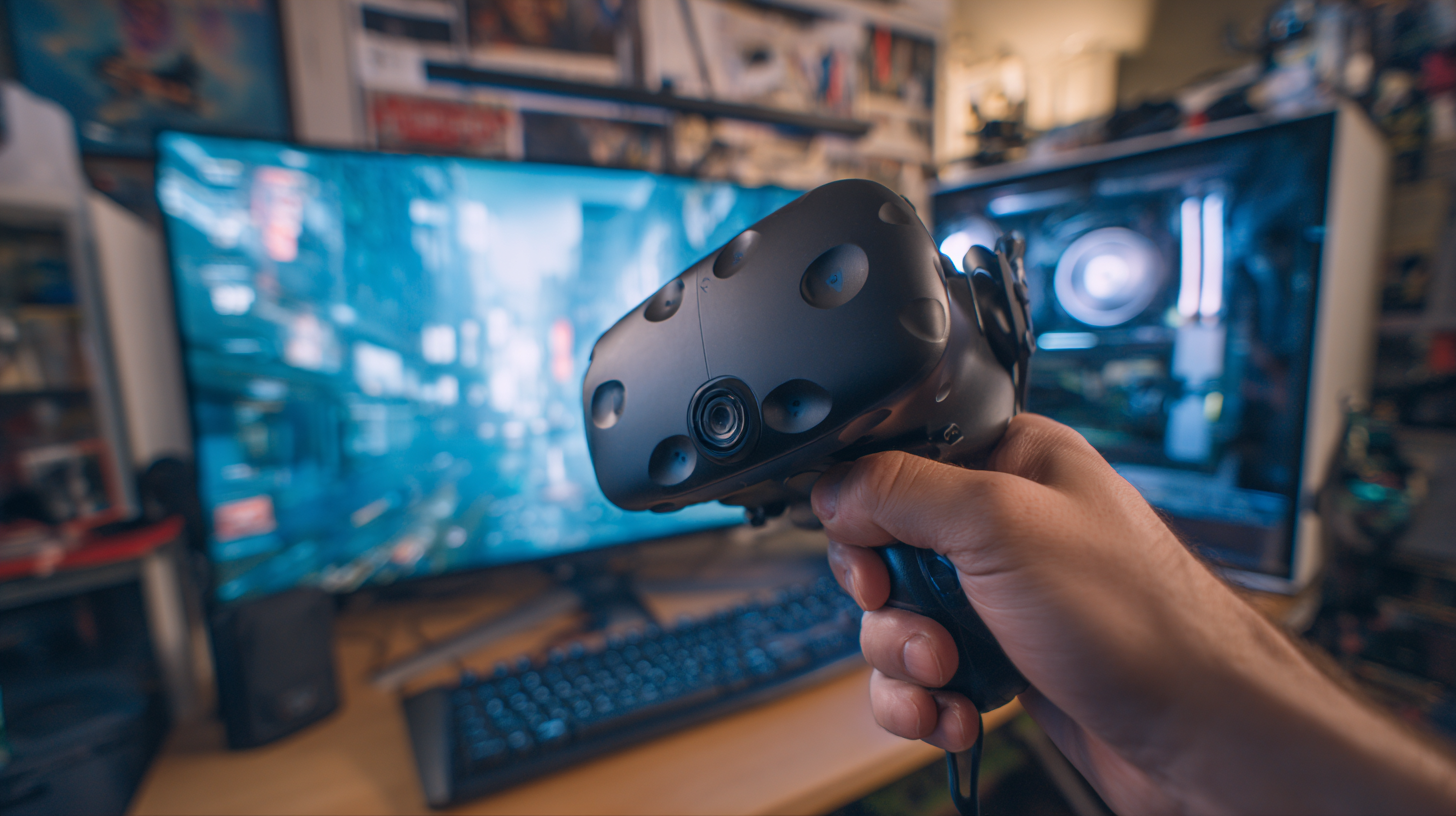
What Factors Influence VR Machine Pricing in Today's Market?
The pricing of VR machines in today’s market is influenced by several key factors, especially in the context of the growing virtual reality (VR) industry in Germany. The market has witnessed a notable expansion, partly due to the ongoing developments in hardware and software components. Hardware, which includes head-mounted displays, VR simulators, and haptic gloves, represents a significant portion of the total cost. As demand for more advanced technology increases, manufacturers are compelled to innovate, subsequently affecting pricing structures.
Software and content also play critical roles in determining VR machine prices. As developers create more sophisticated applications and immersive experiences, the cost associated with software development and licensing rises. Furthermore, the impact of external factors such as economic conditions, including those resulting from the COVID-19 pandemic, has led to fluctuations in consumer purchasing power, further complicating the pricing dynamics. The interplay between these components creates a complex landscape where understanding the underlying trends is essential for stakeholders looking to navigate the VR market effectively.
Analyzing the Impact of Technology Advancements on VR Equipment Costs
The rapid advancement in digital twin technology is revolutionizing the pricing landscape of virtual reality (VR) equipment. By leveraging AI-enhanced simulation designs and high-resolution modeling, manufacturers can significantly streamline their production processes, thereby reducing costs and increasing accessibility. This technological evolution is driving innovative applications across various sectors, including product design and training, as it offers realistic and immersive environments for users to engage with.
As the VR market continues to expand, particularly in regions like China, the introduction of groundbreaking products has invigorated competition amongst both established and new players. The anticipated growth of the AR and VR market, projected to reach $61.9 billion in 2024 and expand to $929.7 billion by 2033, reflects a compound annual growth rate of 40.7%. Companies like Guangzhou Longcheng Electronic Co., Ltd., known for its extensive experience in VR simulator manufacturing, are well-positioned to capitalize on these trends. By consistently innovating and improving their offerings, they contribute to the dynamic evolution of VR technology, making it increasingly viable for various applications and driving market growth.
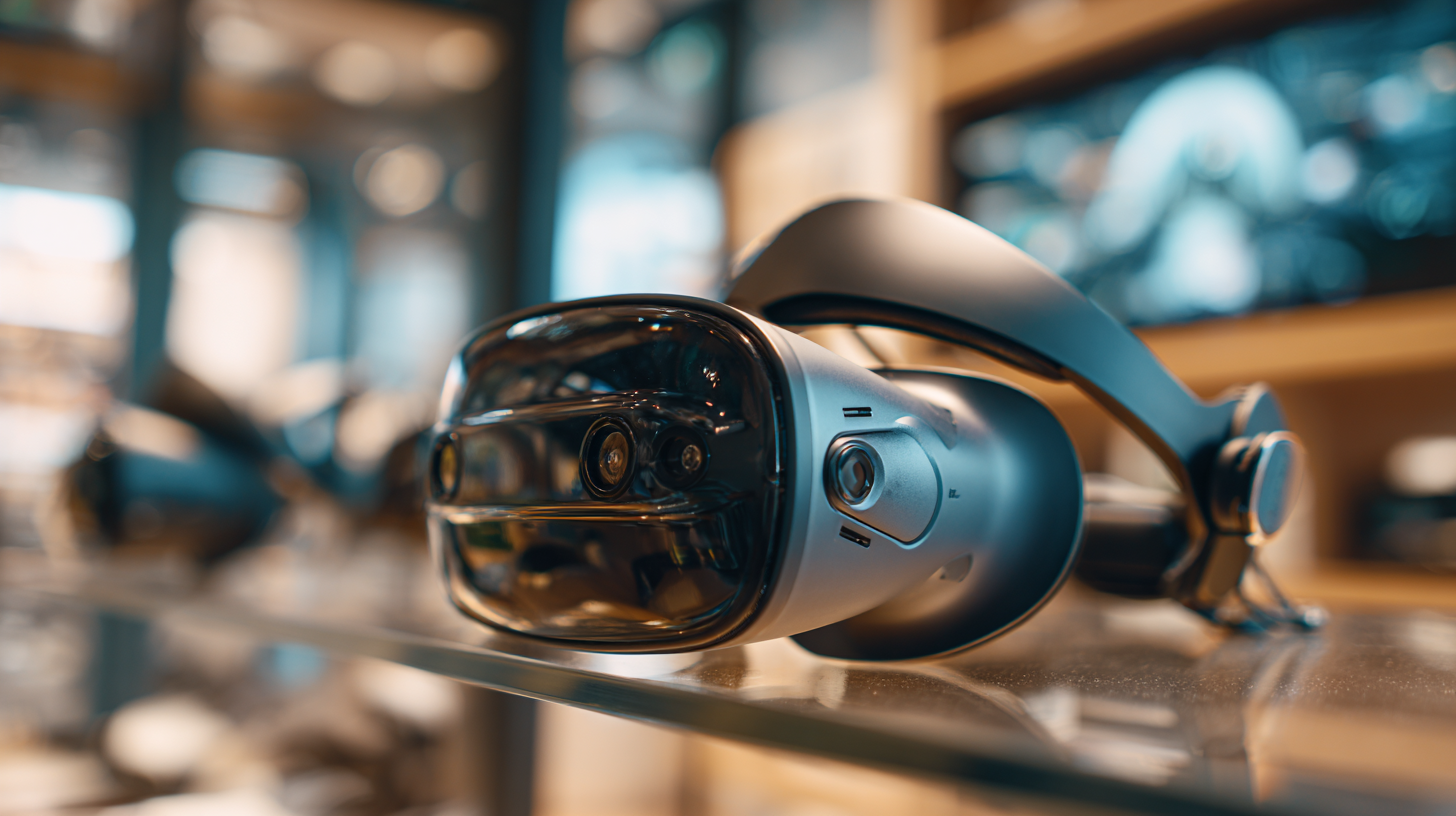
Current Market Trends: Where is the VR Machine Industry Heading?
The virtual reality (VR) machine industry is on an impressive trajectory, particularly in the education sector where its market is projected to soar from $17.18 billion in 2024 to an astonishing $65.55 billion by 2032. This represents a compound annual growth rate (CAGR) of 18.2%, highlighting a significant shift in how educational content is delivered and experienced. As educational institutions increasingly adopt immersive technologies, the demand for sophisticated VR machines will continue to rise, reflecting broader trends in digital learning and innovation.
As we look at current market trends, it is essential to consider the factors driving this growth. Key elements include advancements in hardware capabilities, increased accessibility of VR content, and a growing recognition of VR's effectiveness in enhancing learning outcomes. Institutions are prioritizing the development of VR curricula, and educational content providers are investing heavily to meet this newfound demand.
Tips for institutions looking to implement VR technology include starting with pilot programs to assess effectiveness, focusing on user-friendly interfaces for both educators and students, and continuously evaluating technology impact on learning outcomes. Staying ahead of emerging trends is crucial, as the landscape of the VR education market will evolve rapidly in the coming years.
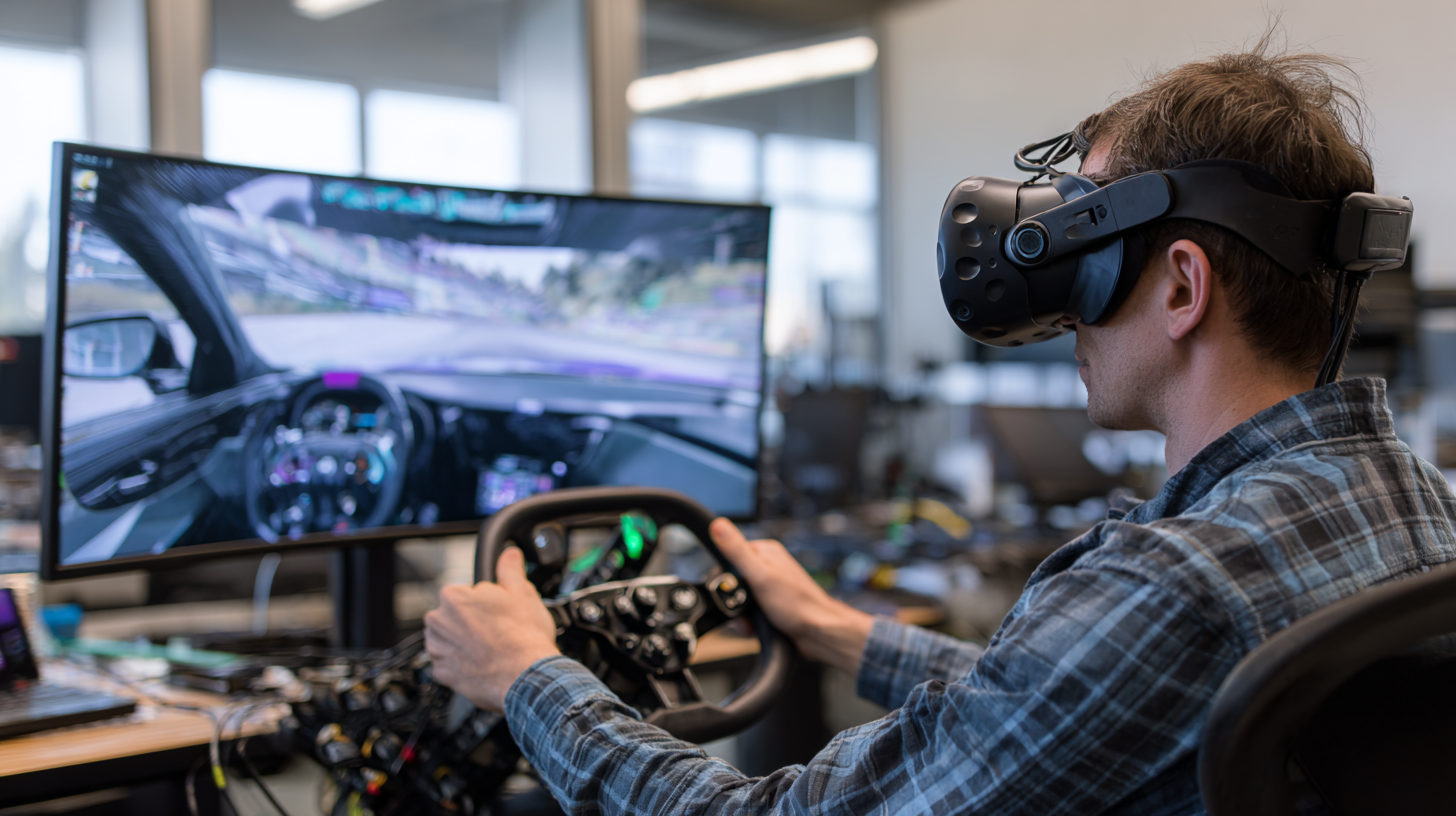
Comparing VR Machine Prices: A Look at Different Brands and Models
In recent years, the virtual reality (VR) market has witnessed explosive growth, driven by advancements in technology and increasing consumer interest. According to a report by Statista, the global VR market is projected to reach approximately $57.55 billion by 2027, with a compound annual growth rate (CAGR) of over 30%. Prices for VR machines vary widely across different brands and models, reflecting their capabilities and target audiences.
For instance, entry-level options such as the Oculus Quest 2 are priced around $299, while high-end systems like the Valve Index can soar to about $999, highlighting a significant price range in the market.
When comparing VR machine prices, several factors contribute to the cost dynamics, including hardware specifications, brand reputation, and included accessories. A comprehensive analysis by IDC reveals that premium models not only offer advanced features—such as higher resolution displays and improved tracking technology—but also cater to specific niches like gaming or professional use.
For instance, the HTC Vive Pro, priced at $799, is recognized for its enterprise applications and immersive experience, which justifies its higher price point. By understanding these variances, consumers can make informed decisions based on their budget and intended use case, while brands continue to innovate and adjust prices in response to market demands.
Understanding Consumer Demand: How It Affects VR Market Prices
Consumer demand plays a pivotal role in shaping VR machine prices, with numerous factors influencing willingness to pay. As technology advances, consumers become more aware of the possibilities VR offers, leading to an increase in demand for high-quality experiences. This heightened interest often drives manufacturers to refine their products, resulting in a wider range of options that cater to different preferences and budgets. Consequently, we observe a diversification in pricing, where premium models promise exceptional performance, while entry-level devices become more accessible, catering to casual users.
Moreover, seasonal trends and market events further impact consumer behavior and, subsequently, pricing strategies. During holiday seasons or product launches, the influx of potential buyers can create temporary spikes in demand, often accompanied by competitive pricing tactics among brands. These fluctuations can make it challenging for consumers to gauge the best times to invest in VR technology. By understanding these market dynamics, consumers can better navigate the pricing landscape, ensuring they make informed decisions based on both their needs and market trends.
Future Predictions: What to Expect in VR Machine Pricing Trends
As virtual reality (VR) technology continues to evolve at a rapid pace, understanding future pricing trends becomes essential for both consumers and businesses. The cost of VR machines has traditionally been influenced by factors like advancements in technology, production costs, and consumer demand. As we look ahead, it's reasonable to expect a gradual reduction in prices due to economies of scale and increased competition among manufacturers. Enhanced features, such as improved graphics and more immersive experiences, may also create price segments catering to different audiences.
When considering a VR machine purchase, it’s crucial to keep a few tips in mind. First, stay updated on the latest technology trends, as new releases can significantly affect pricing. Second, consider the long-term value of a VR machine; investing in a higher-end model might save you money in the future, as it may remain relevant for a longer period. Lastly, research the market thoroughly—compare prices across different platforms and keep an eye out for seasonal discounts, which can offer substantial savings.
Looking into the future, innovations in VR technology are likely to drive prices down, making VR machines more accessible to a wider audience. With that accessibility, we may see an increase in emerging applications across sectors like education, healthcare, and entertainment, further influencing the market dynamics.
The Definitive Guide to Understanding VR Machine Price and Its Market Trends - Future Predictions: What to Expect in VR Machine Pricing Trends
| Year | Average VR Machine Price (USD) | Market Growth Rate (%) | Key Features Expected |
|---|---|---|---|
| 2021 | $799 | 20% | Wireless Connectivity, Enhanced Graphics |
| 2022 | $750 | 18% | Improved Tracking, Longer Battery Life |
| 2023 | $700 | 15% | Higher Resolution, Eye Tracking |
| 2024 (Predicted) | $650 | 12% | Full Body Tracking, Haptic Feedback |
| 2025 (Predicted) | $600 | 10% | Augmented Reality Integration, Improved Comfort |
FAQS
: The pricing of VR machines is influenced by hardware costs, software development and licensing, and external economic conditions, such as those impacted by the COVID-19 pandemic.
Technological advancements, particularly in digital twin technology and AI-enhanced simulations, allow manufacturers to streamline production, reducing costs and making VR equipment more accessible.
The VR market is projected to grow from $61.9 billion in 2024 to $929.7 billion by 2033, driven by innovation, increased competition, and advancements in technology, particularly in sectors like education and training.
The education sector is significantly impacting VR machine demand, with projections showing its market will grow from $17.18 billion in 2024 to $65.55 billion by 2032, as educational institutions increasingly adopt immersive technologies.
Institutions should consider starting with pilot programs, focusing on user-friendly interfaces, and continuously evaluating the impact of VR technology on learning outcomes.
The rising costs associated with creating sophisticated applications and immersive experiences for VR significantly influence the overall pricing of VR machines.
Current trends include advancements in hardware capabilities, heightened accessibility of VR content, and a growing recognition of VR's effectiveness in enhancing learning outcomes in educational environments.
Competition drives innovation and improvements in VR technology, making it more viable for various applications and contributing to market growth, especially in regions experiencing rapid development like China.
Fluctuations in consumer purchasing power, influenced by economic conditions, can complicate pricing dynamics and affect demand for VR machines.
Educational institutions prioritize the development of VR curricula and invest heavily to meet the growing demand for immersive learning experiences, shaping the future of digital learning.
Conclusion
In the rapidly evolving VR industry, understanding the factors that influence VR machine price is crucial for both consumers and manufacturers. Key determinants include technological advancements, which often drive costs down while enhancing features, and the varying consumer demand that shapes market dynamics. As the industry progresses, brands and models introduce diverse pricing strategies, reflecting their unique offerings and target markets.
Current market trends indicate a shift towards more affordable and accessible VR solutions, signaling a growing interest from a wider audience. As a leading manufacturer in this space, Guangzhou Longcheng Electronic Co., Ltd. VART VR is adept at navigating these trends, providing tailored VR equipment that meets both budget-conscious consumers and high-end clients. Future predictions suggest continued fluctuations in VR machine pricing, influenced by innovation and consumer preferences, ensuring a vibrant and competitive market ahead.
Related Posts
-
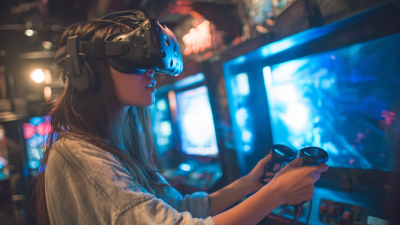
Exploring the Best Hong Kong VR Arcade Options: A Comparative Guide for Global Buyers
-
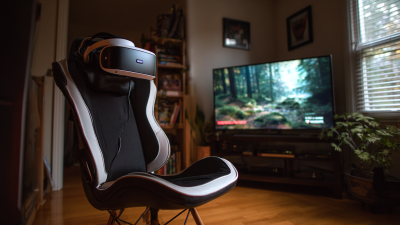
7 Ultimate Tips for Choosing the Best Gaming Chair for VR Experience
-
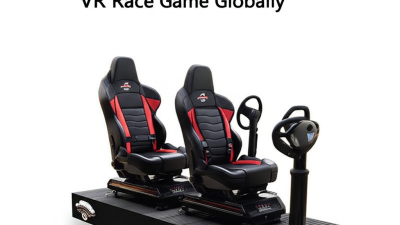
From China's Leading Factory The Trusted Source for the Best VR Race Game Globally
-

Exploring Real World Applications of the Best VR Play Park in Entertainment and Education Industries
-
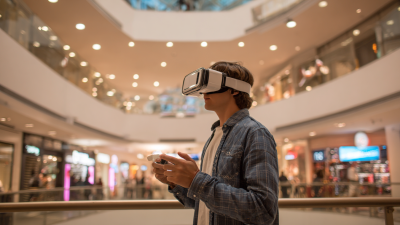
Exploring Challenges Faced by Global Buyers in Integrating Vr Mall Cinema Solutions
-

From China to the World: Discovering Unmatched Quality in Amusement Park Rides for Sale

